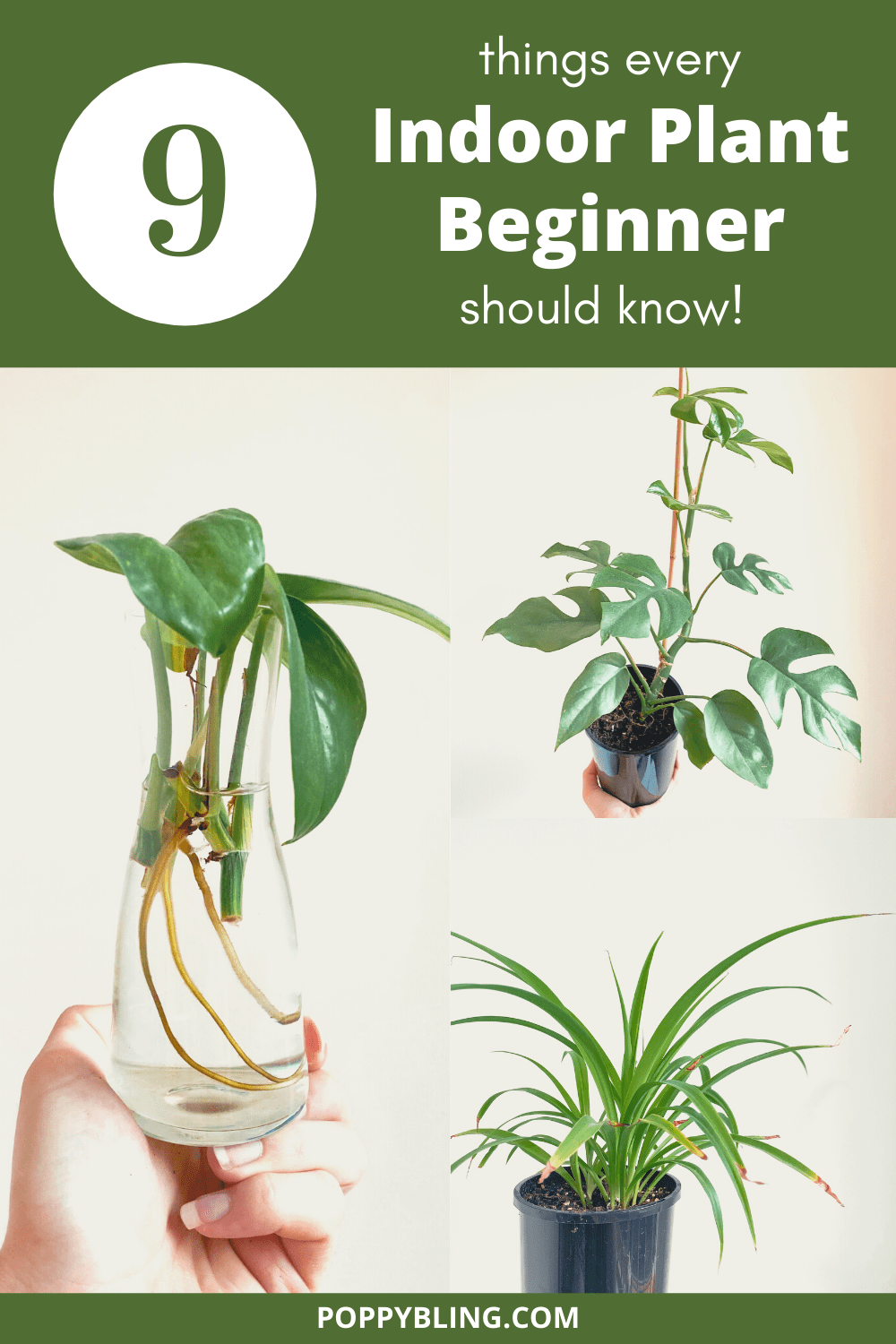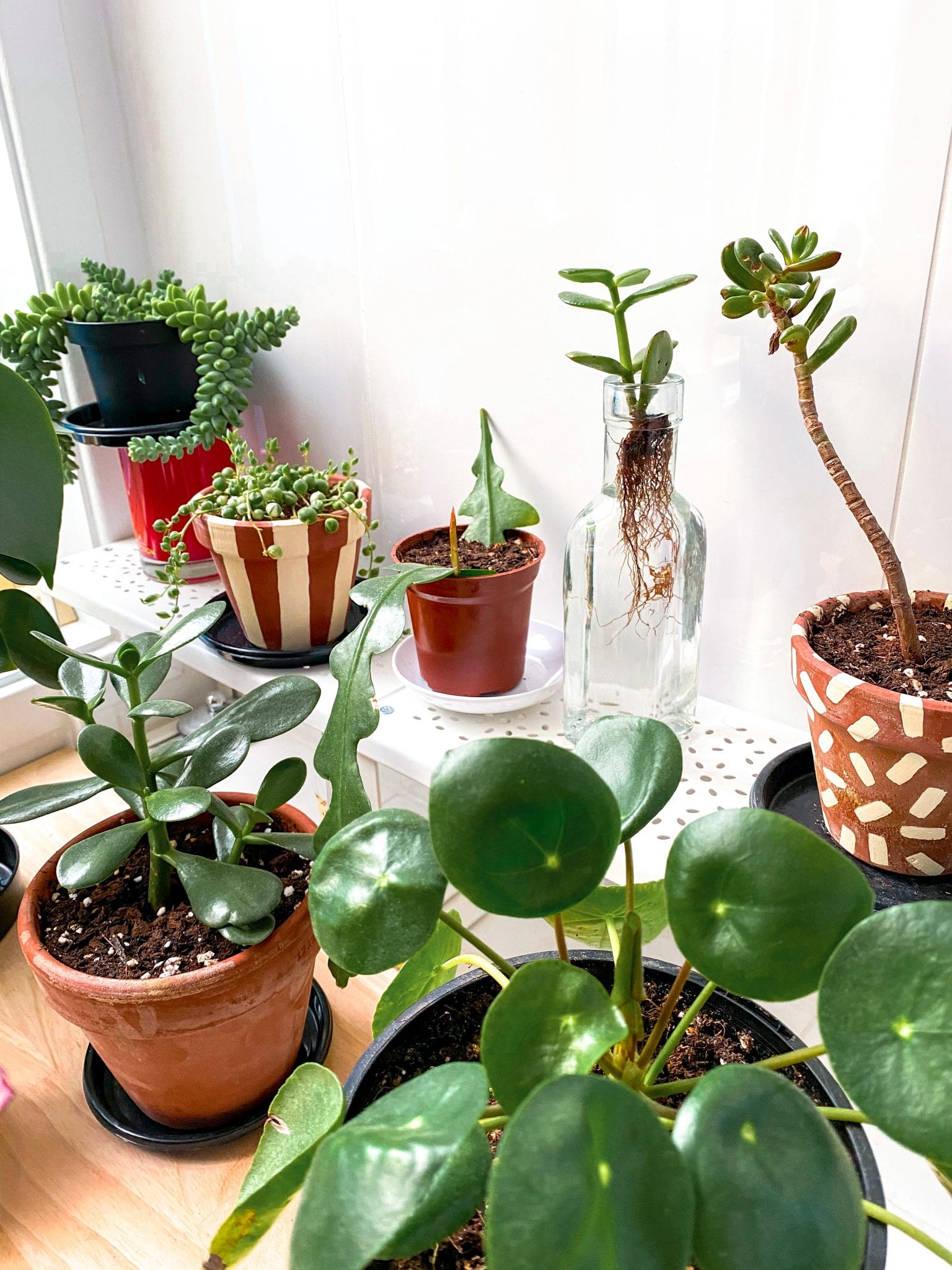
I’ve always invested in good-quality faux plants, so I could travel and know I’d be coming back to beautiful and healthy (fake) plants every trip. But recently with travel grinding to a halt, I found myself at home with plenty of time to care for some real green babies. What started as a few indoor plants around the house quickly turned into a full-blown obesssion with all the bells and whistles. Now, I’m a crazy house plant person!
So for those with little houseplant experience, where should you start? There’s a lot of gardening information out there, but once you cut through all the planty jargon, there are really only a few key things that you need to know to keep your indoor jungle thriving.
So here’s a great little list of things I think every houseplant beginner should know before they dive right into their plant obsession!
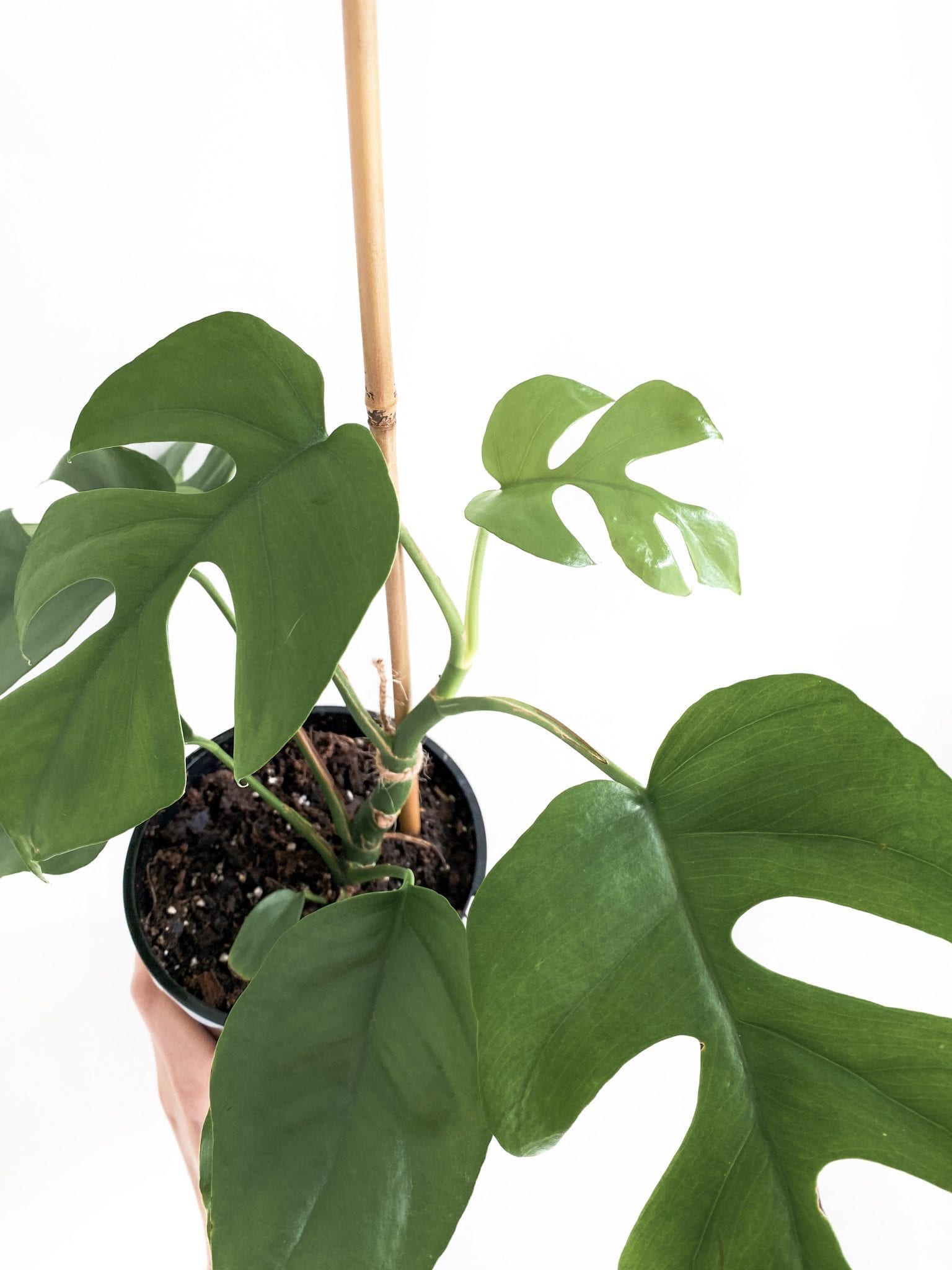
1. Houseplants love humidity:
Most of the houseplants we know and love originate from South East Asia or South America, where they would have lived in humid jungle environments. If you can mimic this humidity in your home, your houseplants will thrive!
Even in a house where it isn’t particularly humid, there are methods you can use to raise humidity levels for your plants. You can try:
- misting the leaves (not all species like water on their leaves, so check before you mist)
- keeping plants close together to increase humidity
- standing your pots on a tray of wet pebbles (but don’t let the bottom of the pot sit directly in the water)
- running a humidifier
- keeping them in the bathroom (where showers help to keep the air moist)
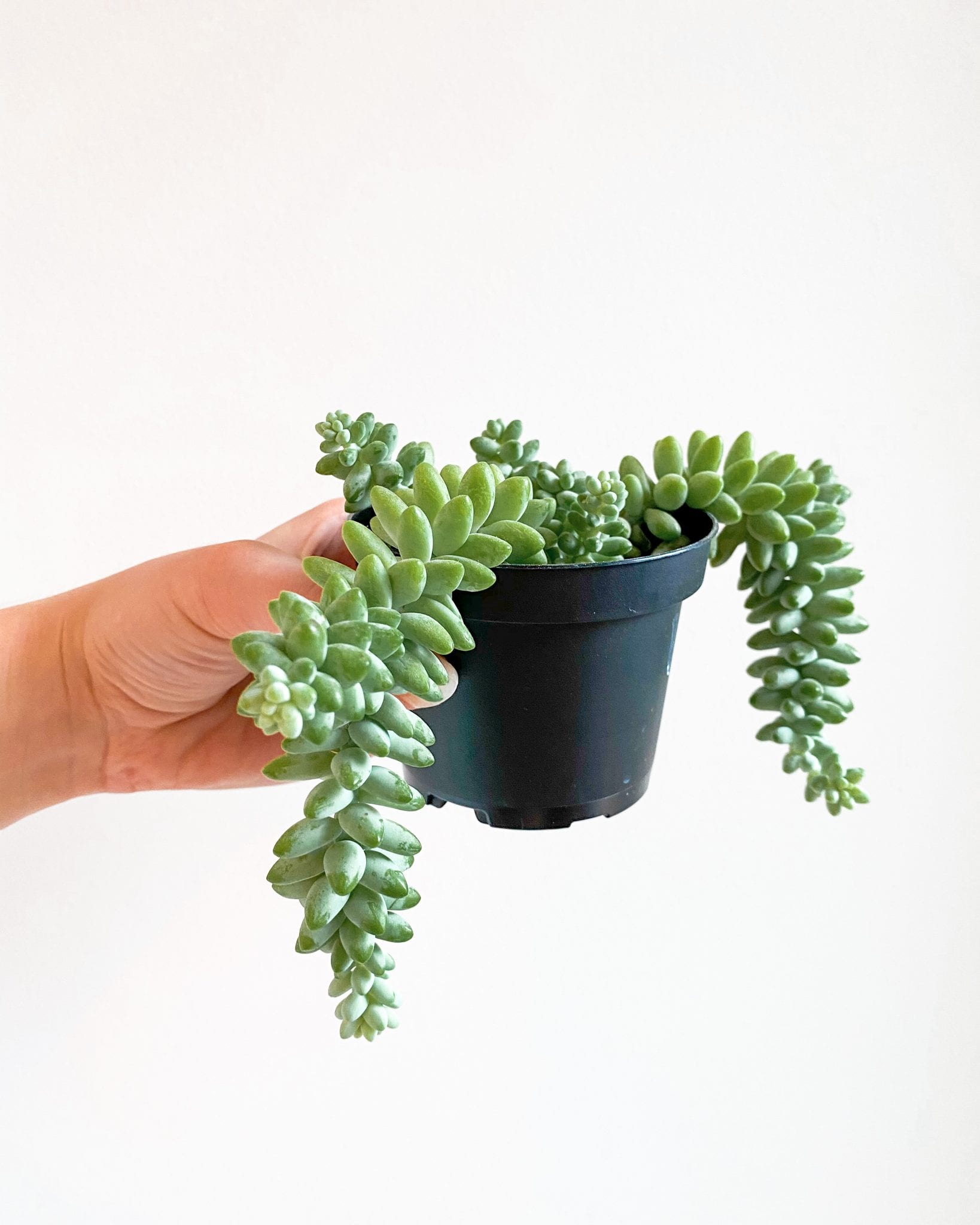
2. Don’t overwater your indoor plants:
Overwatering is the biggest killer of house plants, and is probably the biggest issue for your new green babies – soggy plants are not happy plants! It’s really easy to whip out the watering can whenever you sense your plants are unhappy. But realistically, indoor plants don’t need as much watering as beginners think they do. Apart from being soggy, overwatering can lead to a host of other issues for your houseplants, including root rot, mould, fungal infections, and pests breeding in the wet soil.
Each species of plant has different watering requirements, but a general rule of thumb is to feel the soil and only water plants when the top few centimetres of soil is dry to touch.
It can be tempting to run to a watering schedule, but changes in weather or humidity might mean plants need water quicker or slower than usual. If you’re not sure if it’s time’s to water, err on the side of caution and hold back for a day or two. I’ve written a whole post with tips and tricks for watering houseplants, which you can read here.

3. Drainage is key for indoor plants:
Next to overwatering, drainage is another major issue which can cause beginner houseplants to go downhill fast. Indoor plants HATE sitting in water, and their roots will start rotting if they become waterlogged.
To give your plants the best chance of flourishing, make sure they are living in a pot with lots of drainage holes. The grower pots plants come sold in at the nursery are a good examples of well-draining pots. By having a good drainage situation, your plants can soak up the amount of water they need and get rid of the rest.
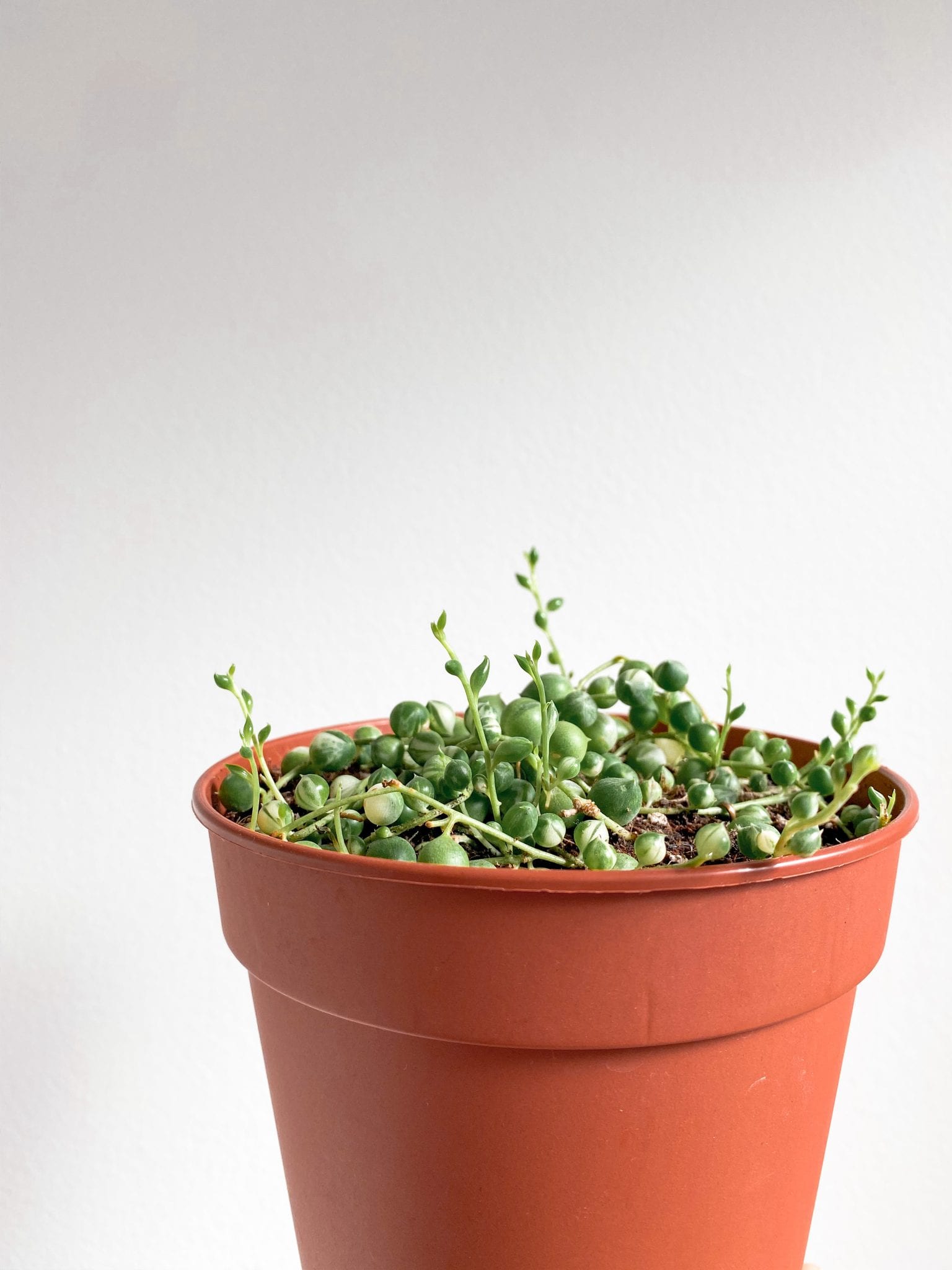
4. Repotting straight away might not be necessary:
The idea of repotting plants as soon as you take them home has always been drilled into me – and I think most beginner plant enthusiasts probably think the same. After all, repotting straight away lets the plant settle into its “forever” home, right? Well it turns out, repotting new indoor plants isn’t always a good idea – here’s why.
Taking a plant home from the nursery can be a bit of a challenge for your new green friend – new lighting conditions, temperatures and humidity can stress out even the healthiest of houseplants. Couple that with repotting and changing the soil environment, and you’re almost certain to send the plant into a little bit of shock.
Generally, if you think repotting is going to be necessary in the near future, it’s probably worth biting the bullet and doing it straight away. That way, your plant doesn’t have to cope with two rounds of stress – settling into its new home only to be shocked again with a new pot. But if the current pot still has room for the plant to grow, it might be best to let it stay put. If in doubt, postpone the repotting and let your indoor plant settle into its new environment first.
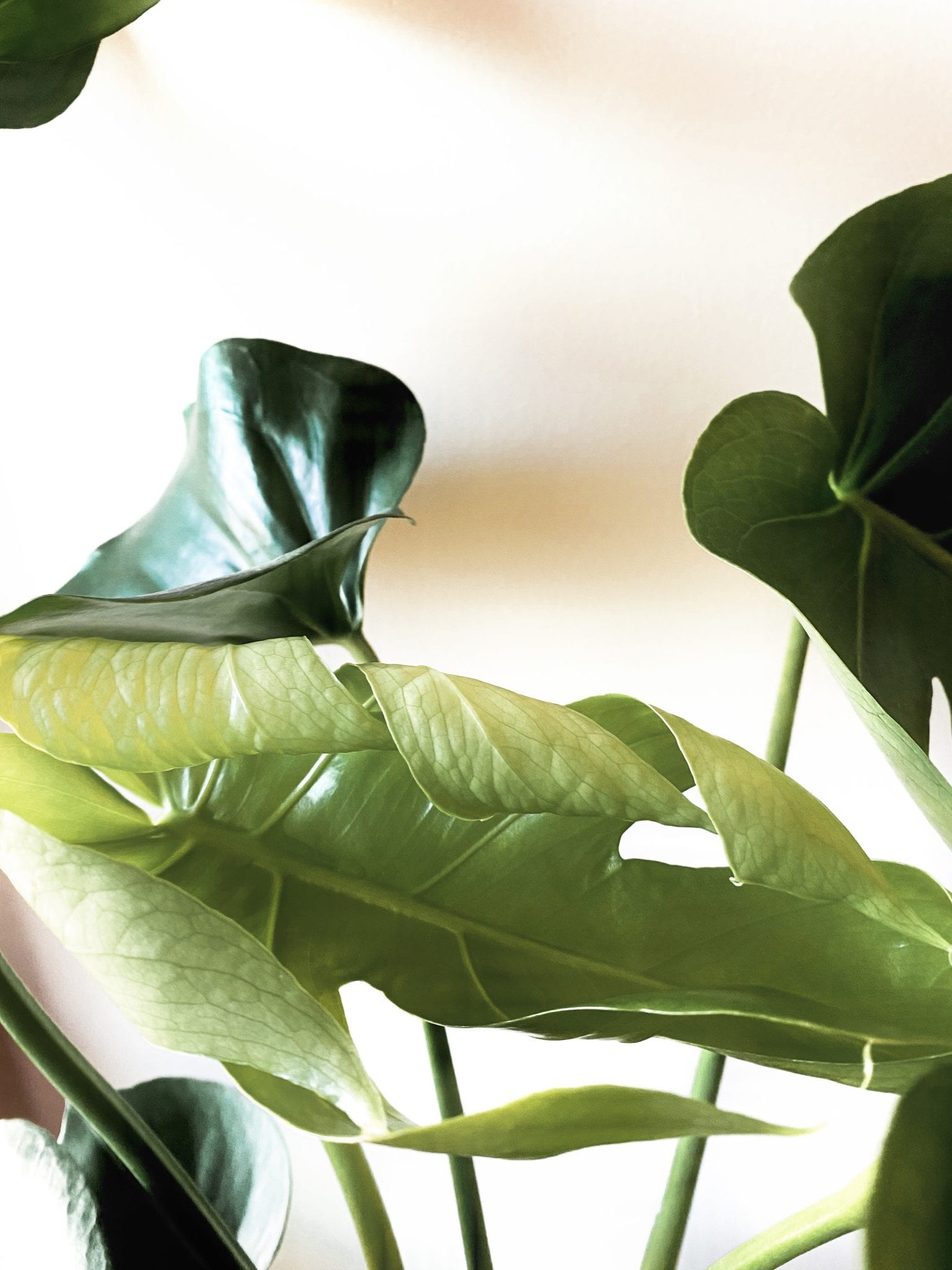
5. Rotate your indoor plants:
Plants usually like to grow towards the light, and houseplants are no exception. If you keep your plant facing the same direction for too long, you might start to notice your plant growing a bit lopsided – this is because it’s focusing its energy on growing into the light. Rotate your pots regularly to keep foliage growing in all directions – it’ll keep you plant looking full and happy!
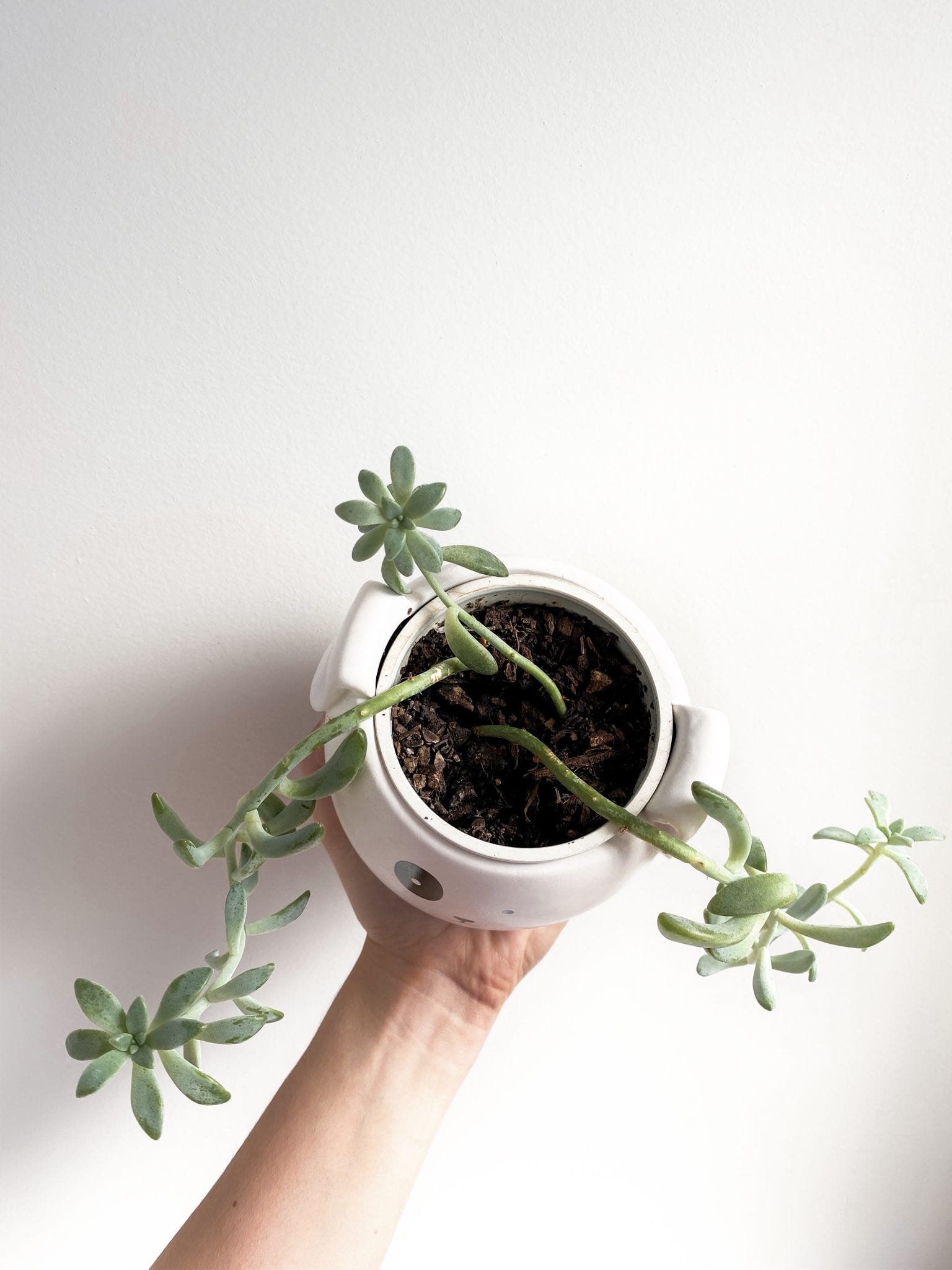
6. Buy cute cover pots for your regular pots:
So by now, you know that drainage is absolutely key for happy houseplants. But whenever you go shopping for pots, the awesome designs never have any drainage holes…. what’s an indoor plant lover to do?
An easy solution is to measure the size of your plant’s current pot, and purchase a decorative pot a few centimetres larger. That way, you can use this larger pot to hide the boring one inside – you’ll keep your plant well-drained and stylish at the same time.
When it’s time to water, you’ll just need to shimmy the plant out of its decorative and give it a good soak, making sure any excess water drains before putting it back in the outer pot.
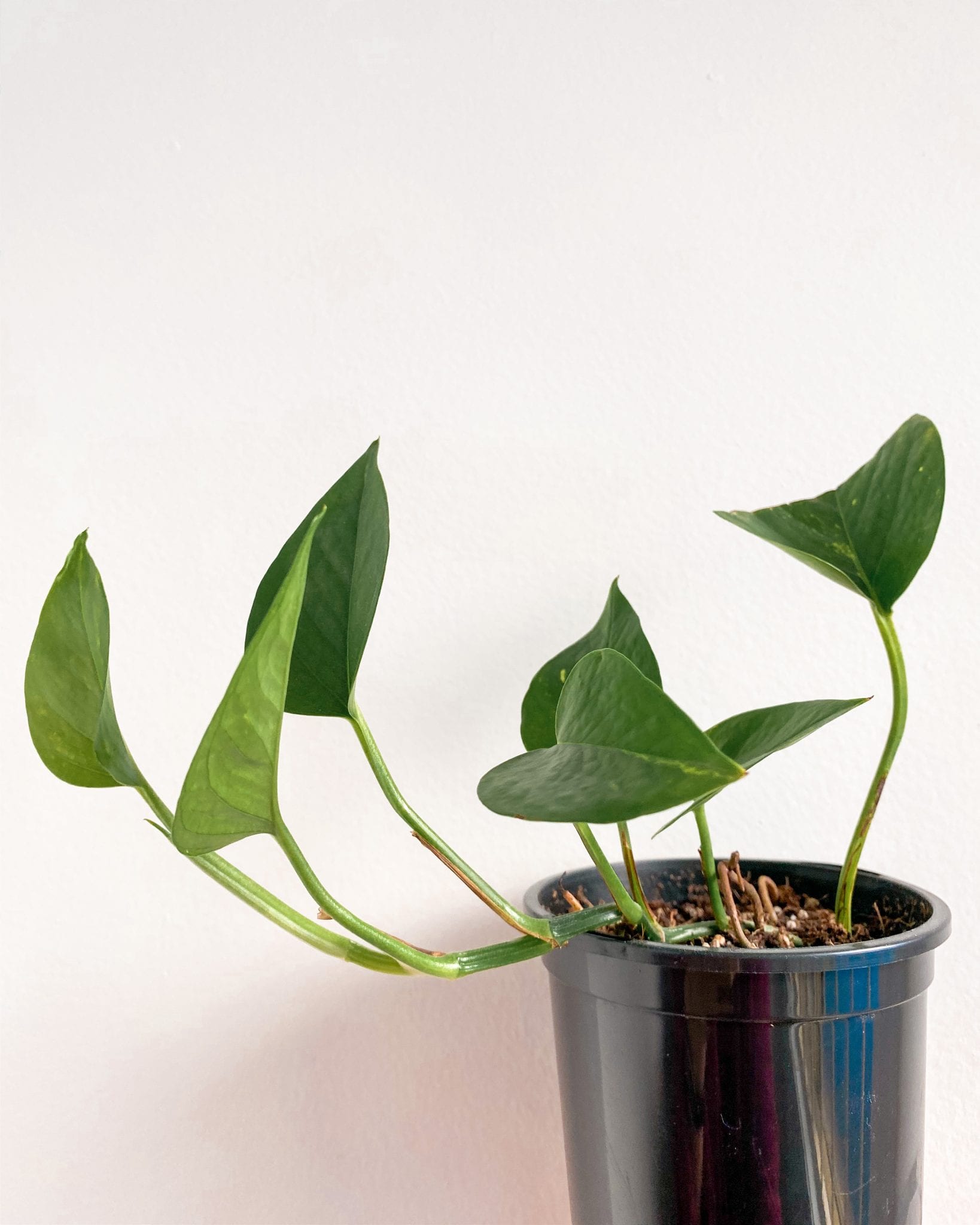
7. Inspect and monitor your foliage for pests:
It’s easy to get excited at the nursery and buy the first plants you see, but if you’re not careful you could be bringing pesky hitchhikers home with you. Before you purchase, check the stems, undersides of leaves and soil for any signs of bugs which could cause problems in the future.
The best thing you can do to keep your plant collection pest-free is set up a quarantine routine. If you can, isolate new plants for at least two weeks before putting them into general plant population – this gives you time to see whether the plant has any pest issues, and keeps the spread to a minimum.
While your plant is settling into its new home, keep checking regularly for any little critters – if you catch them early, you have a much better chance of managing the problem before it turns into a full-blown infestation.
If you do find some bugs, don’t panic and throw the whole plant out- there’s plenty of natural and chemical options out there to help combat pest issues. Try to identify the pest, and treat accordingly. Make sure you put the affected plants back into quarantine so they don’t keep spreading to others in your collection!
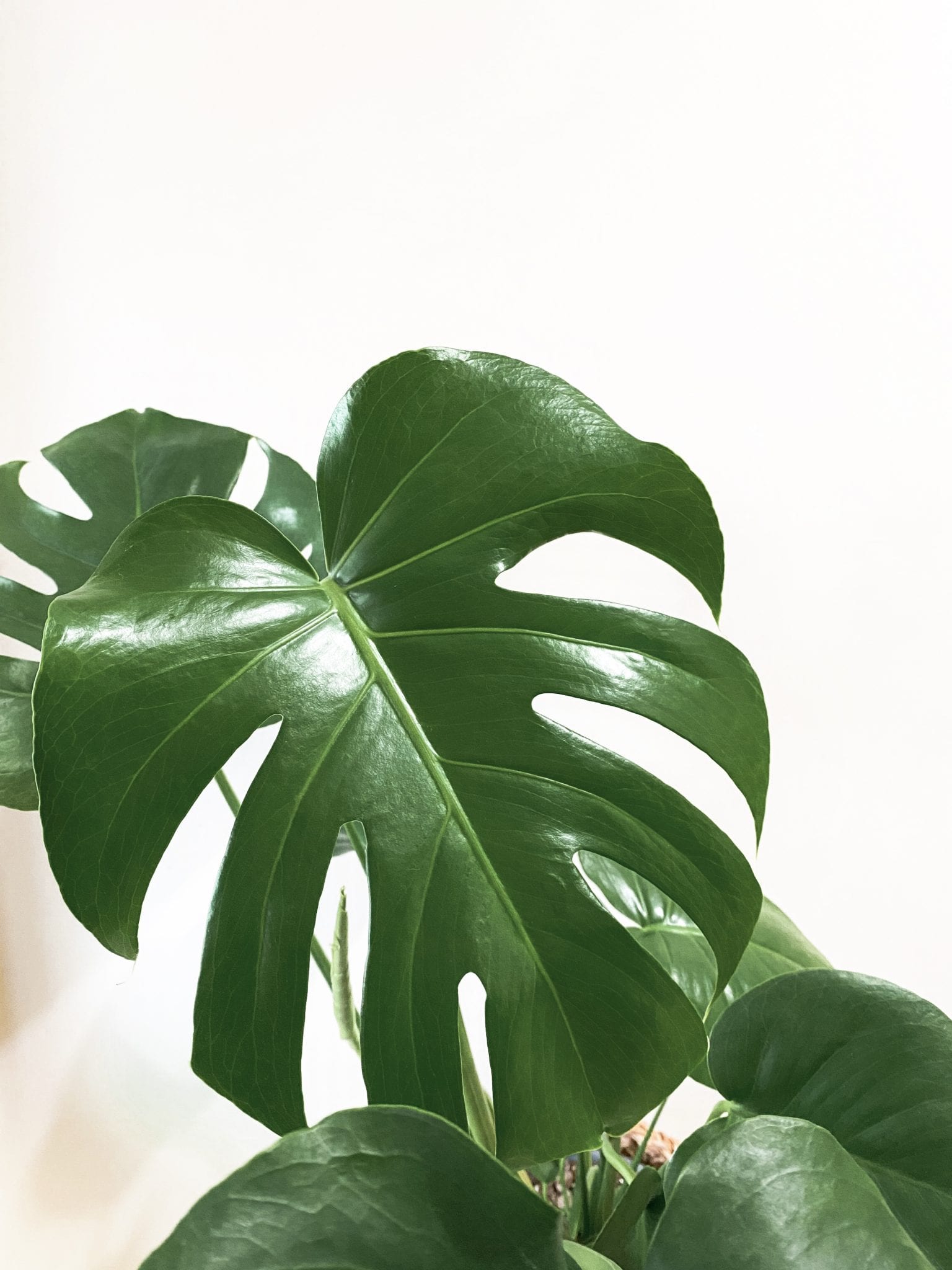
8. Find your ‘goldilocks’ lighting conditions:
It’s important as an indoor plant beginner to find the ‘goldilocks’ lighting conditions in your home. Not too light, not too dark – just right. Without proper lighting conditions, your plants won’t thrive. Best case scenario, they simply don’t grow, worst case scenario, they shrivel and die.
Not giving your plants enough light is a common mistake made by lots of houseplant beginners. Before you bring home the plant of your dreams, take some time to figure out if it’s intended spot will have enough light. Try to remember that low light doesn’t mean no light, it just means it won’t die in poorly-lit conditions. Even plants suited to low light conditions will benefit from a little extra filtered light.
On the other side of the spectrum, say you proudly put your new little friends under the brightest window in your house – but instead of them thriving like you’d expect, you start to see brown spots or sad-looking foliage. Too much light can also be a deal-breaker for your plants, as the sun can burn their leaves and cause grief.
Ultimately, the ‘goldilocks’ position for most houseplants is in bright indirect light. What is that exactly? A spot which receives plenty light, but where rays of sun don’t hit your plants’ foliage directly. Bright indirect light is a houseplant lover’s best friend!
Some plants are more sensitive to direct light than others that others, so do a quick search online to see whether your plant will burn if it spends too much time in harsh rays. If you’re worried about your plants getting sunburnt, try introducing a sheer curtain, moving the plants a bit further from the window, or get something like a cactus that loves soaking up the sun.
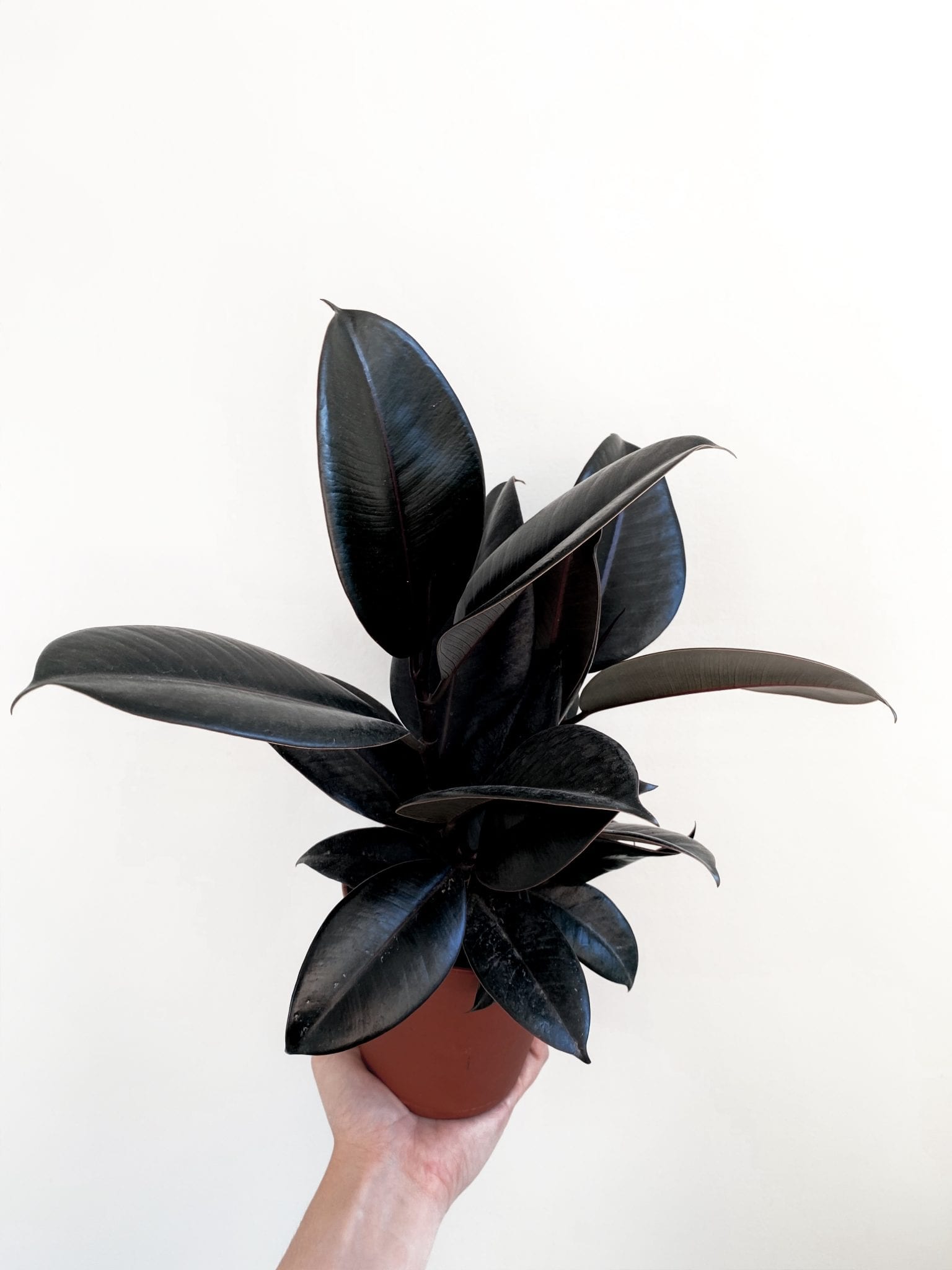
9. Everyone has differing opinions on what’s best for plants:
The internet definitely isn’t short of gardening advice, and it’s easy to get confused with so much conflicting information out there. One website will say a certain plant is sun-loving grower you’ll be hard-pressed to kill, and the next will say it’s a finicky shade-lover that beginners should steer clear of.
At the end of the day, there are no hard-and-fast rules when it comes to indoor plant care, and realistically you’ll end up making adjustments according to how your plant reacts. What works for one plant might not work for another – it’s a bit of trial and error.
If all the internet advice is giving you a headache, don’t stress – your plant will most likely come with a little tag of care instructions, so use these as the basis for your care if you’re unsure of what to do.
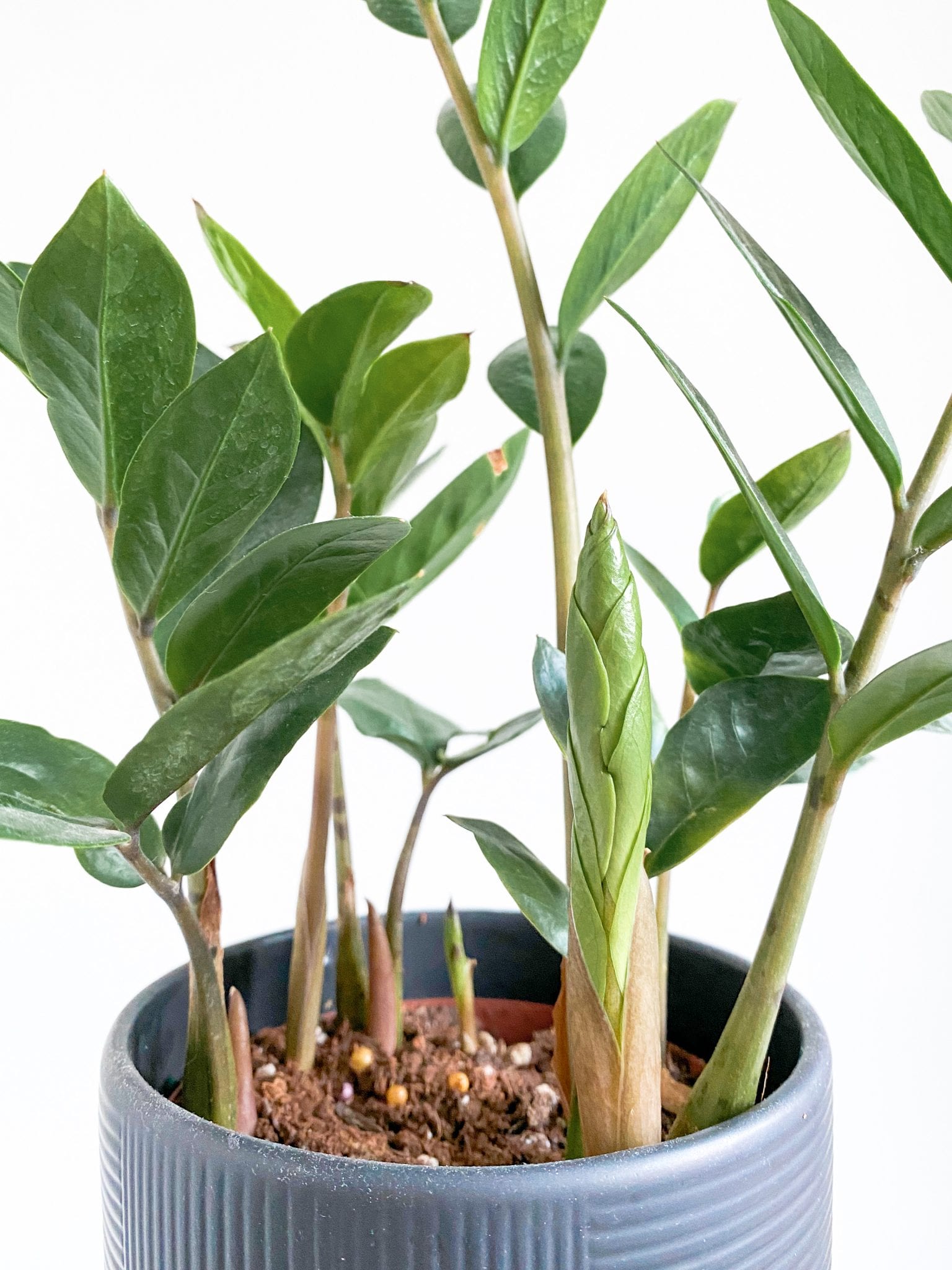
Keep these tips in mind next time you take a trip to the local nursery – they’ll help take you from black thumb to green goddess in no time!
Poppy xoxo
Want more tips and ticks for indoor plants? Take a look at this post on how to water your houseplants like a pro.
